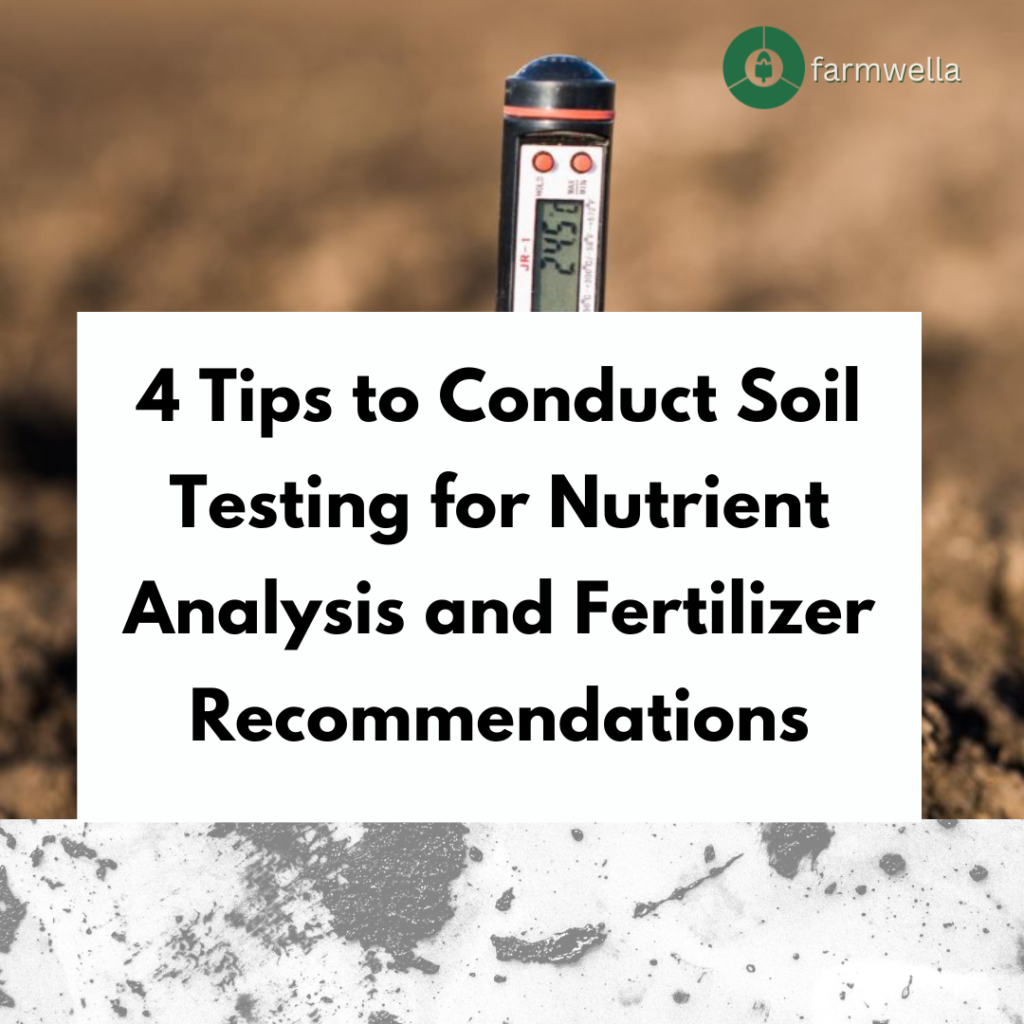4 Tips to Conduct Soil Testing for Nutrient Analysis and Fertilizer Recommendations

Accurate results depend on collecting representative soil samples from various areas of your garden or field. Here’s a step-by-step guide to collecting soil samples effectively:
Divide Your Area: Divide your garden or field into sections with similar soil characteristics. If there are noticeable differences in soil type, slope, or previous land use, treat each section as a separate sampling area.
Use Clean Tools: Ensure your sampling tools are clean to prevent contamination. A soil auger, spade, or trowel can be used to collect samples. Avoid tools made of galvanized steel, as they can contaminate the sample with zinc.
Sample Depth: For most crops, a sample depth of 6 to 8 inches is recommended. If you’re testing for trees or deep-rooted crops, you might need to collect samples from a greater depth.
Sample Quantity: Collect multiple subsamples within each sampling area to create a composite sample. Mix these subsamples thoroughly to ensure an accurate representation.
Sampling Points: Randomly select sampling points within each section, ensuring they’re spaced evenly. Take samples in a zigzag pattern to avoid bias.
Packaging: Place the composite sample in a clean, plastic container and label it clearly with the sampling area’s name or code. Store samples in a cool, dry place until you’re ready to send them for testing.